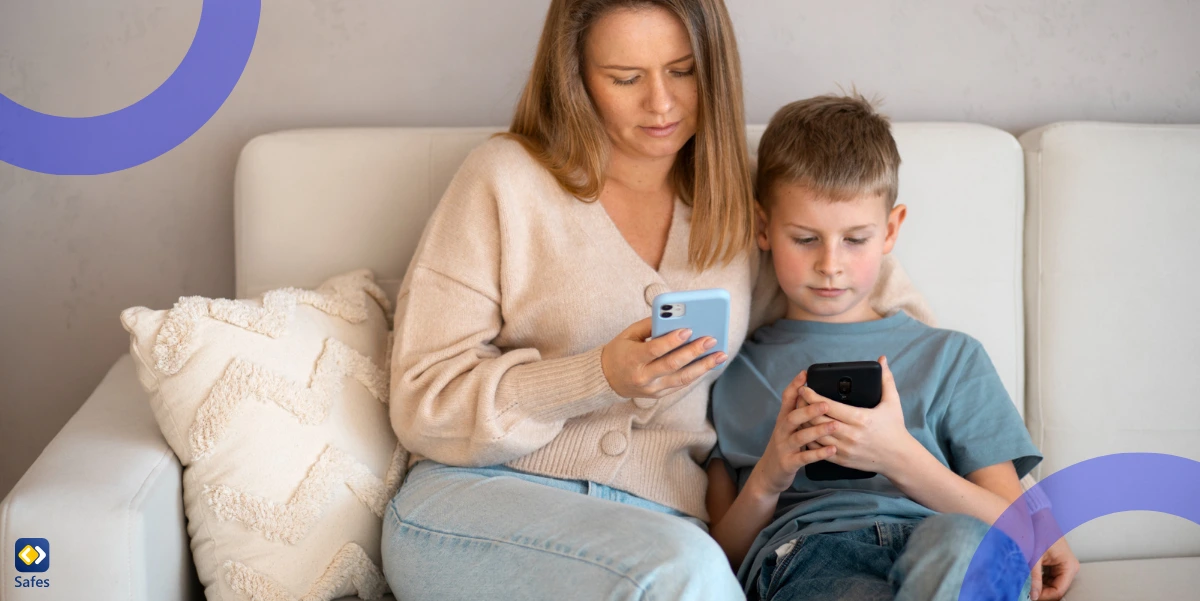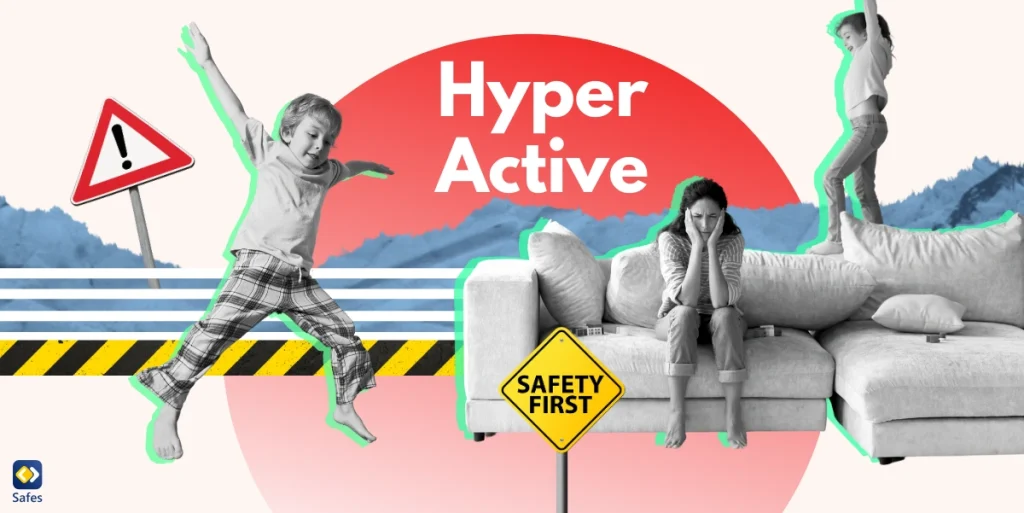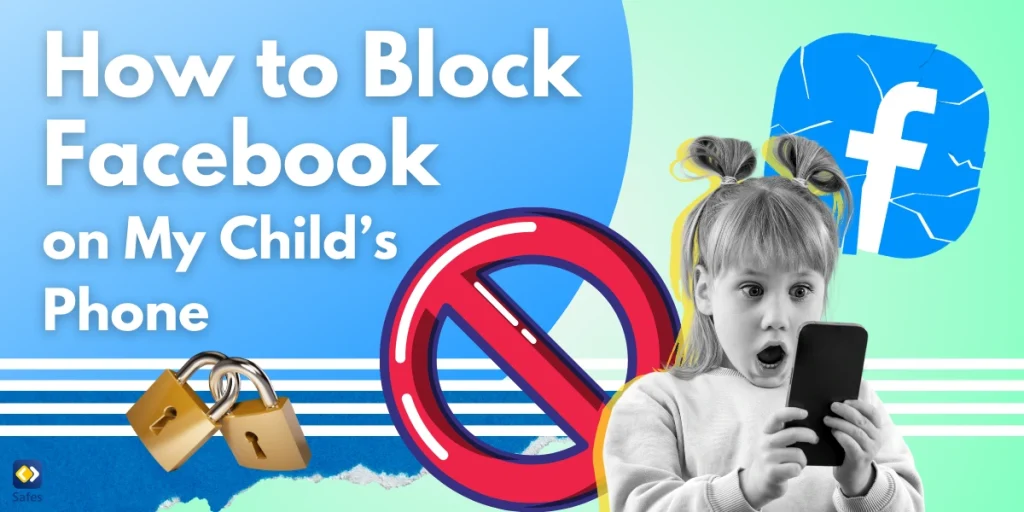Kids and teens spend hours every day scrolling, sharing, and chatting online. Social media can be entertaining and educational. That said, it also comes with risks and potential consequences. Strangers, harmful content, and cyberbullying are just a few of the dangers kids might face.
Download and Start Your Free Trial of the Safes Parental Control App
As parents, we want to protect our children and guide them to make good choices. This raises an important question: should parents monitor kids social media use? Some say monitoring helps keep kids safe. Others worry it invades their privacy and makes them feel mistrusted.
In this blog, we will explore the pros and cons of parents monitoring kids social media. By the end, you’ll have a clearer idea of what’s best for your family.
Why Should Parents Monitor Kids Social Media?
Monitoring doesn’t mean spying or invading privacy; it’s about creating a safe online environment and teaching kids how to navigate social media responsibly. Let’s see why it’s important and necessary to monitor children’s social media.
Protecting Against Cyberbullying
Cyberbullying is a common issue on social media platforms. It can involve mean comments, spreading rumors, or sharing embarrassing content. When you monitor your kids’ accounts, you can notice these signs early. This allows you to step in, provide emotional support, and work with schools or other parents to stop cyberbullying. Early intervention can help prevent long-term emotional damage to the child.
Preventing Exposure to Harmful Content
Social media can expose kids to harmful content online, such as violent videos, explicit photos, or misinformation. Kids may accidentally come across these while browsing or through shared links. You should keep an eye on what your children view to block inappropriate content and have discussions about why it’s unsuitable. This ensures kids are consuming age-appropriate and positive information online.
Teaching Responsible Online Behavior
Kids might not always understand the consequences of their actions online. Monitoring gives parents a chance to guide their children in making smart decisions. For instance, parents can teach them about the dangers of oversharing personal information, responding to strangers, or posting content that could harm their reputation. This helps kids develop good digital habits that will benefit them in the future.

Identifying Strangers or Predators
Social media makes it easy for strangers to connect with kids. While some interactions may seem harmless, others could pose serious dangers. If you review your child’s friend list and messages, you can identify and block unknown or suspicious individuals. This helps keep children safe from online predators and scams.
Encouraging Open Communication
Monitoring doesn’t have to mean sneaking around. It’s an opportunity for parents to have open, honest conversations with their kids about online safety. Discussing what they see or do online can build trust and help kids feel comfortable sharing their concerns. This dialogue strengthens the parent-child relationship and equips kids to handle online challenges responsibly.
Is There Any Disadvantage Regarding Parents Monitoring Kid’s Social Media?
As discussed earlier, monitoring kids’ social media can offer many benefits. However, there might be potential disadvantages that parents should consider. First, children might feel that their parents don’t trust them if they are constantly monitored. This could lead to secrecy or resentment, making it harder for kids to share their feelings or experiences openly. Moreover, every child, especially teens, needs a sense of privacy. Excessive monitoring might make them feel like their personal space is being invaded, which can negatively impact their emotional development and independence.
Furthermore, if parents rely too much on monitoring tools, they might miss opportunities to teach their kids how to navigate online spaces responsibly on their own. This can prevent children from developing critical thinking and decision-making skills. That is why, according to a study on parental monitoring of early adolescent social technology use, parents should have a conversation about the importance of monitoring social media with their children.
How to Make Social Media Safe for Children
To reduce the negative impact of social media on youth, you should take the right steps and ensure a safer online environment for your beloved child. For example, you can teach kids how to adjust privacy settings on their social media accounts. Ensure their profiles are private so only approved friends can see their posts and interact with them. Then, discuss potential dangers like cyberbullying, scams, and predators and equip your kids with the knowledge to recognize and avoid these risks. As a parent, you need to create a safe space for kids to talk about their online experiences. Let them know they can come to you if they encounter anything uncomfortable or confusing. This way, you can be sure they stay safe, minimizing the need to monitor their social media.
Finally, it pays off to use parental control apps or built-in tools to monitor activity, filter content, and set screen time limits. These tools offer parents the features they need to limit the risks of social media and monitor their children’s online activities.

Final Word
Monitoring your child’s media use is essential to ensure their safety online. While it’s crucial to foster trust and open communication, proactive monitoring can help protect children from online dangers, such as cyberbullying, inappropriate content, and online predators. If you’re looking for the best parental control app to monitor your child’s social media, we’re proud to introduce Safes. With its easy-to-use features, Safes empowers parents to monitor and manage their children’s online presence, ensuring they are safe while using social media. As a better alternative to built-in features, like Windows parental controls, Safes also fosters healthy communication between parents and children, making it a trusted partner in promoting online safety.
Download Safes today on Android and iOS and start your free trial to give your family the protection they deserve!
Your Child’s Online Safety Starts Here
Every parent today needs a solution to manage screen time and keep their child safe online.
Without the right tools, digital risks and excessive screen time can impact children's well-being. Safes helps parents set healthy boundaries, monitor activity, and protect kids from online dangers—all with an easy-to-use app.
Take control of your child’s digital world. Learn more about Safes or download the app to start your free trial today!




